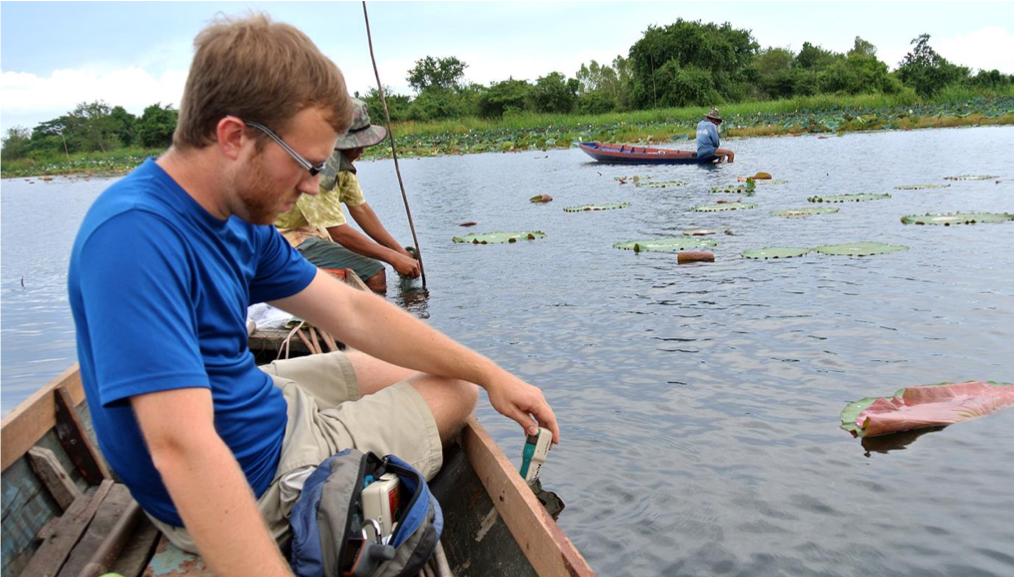
Opisthorchiasis, infection with the Southeast Asian liver fluke Opisthorchis viverrini, and liver fluke-associated cholangiocarcinoma cause significant disease burden in Southeast Asia. Northeast Thailand is a particular region where this disease is a public health priority, infecting over 50% of the population in some villages and causing 5000 excess cancer cases per year. People acquire the parasite by eating raw or undercooked fish, a deeply embedded local cultural and culinary tradition. Health education is essential to preventing and controlling the disease, but the environment also plays a major role in enabling and catalyzing transmission between hosts. My PhD dissertation emphasized disease ecology and the environmental determinants of transmission for gaining public health understanding and informing future treatment and control interventions.
My dissertation covered the following topics:
- Intermediate host snail and fish disease ecology
- Single-village mathematical model of liver fluke transmission
- Role of reservoir hosts in transmission
- Lawa Lake hydrology model
- Joint hydrology-disease tranmission metapopulation model
A major innovation of my dissertation was the use of hydrologic data to inform disease transmission models of the complex life cycle of liver flukes. This intersection between public health and engineering is currently a small research nexus that has significant potential for new insights and strategies for disease control. I worked with the Faculty of Engineering and Faculty of Medicine at Khon Kaen University as well as many other collaborators in Thailand and the US on this project.
Previously, my master’s thesis also included work on Clonorchis sinensis, another species of liver fluke more common in China, and the role of aquaculture farms in facilitating the transmission of both species of liver flukes in their respective environments.
Some published results:

Setting up a fish pond for intervention experiments